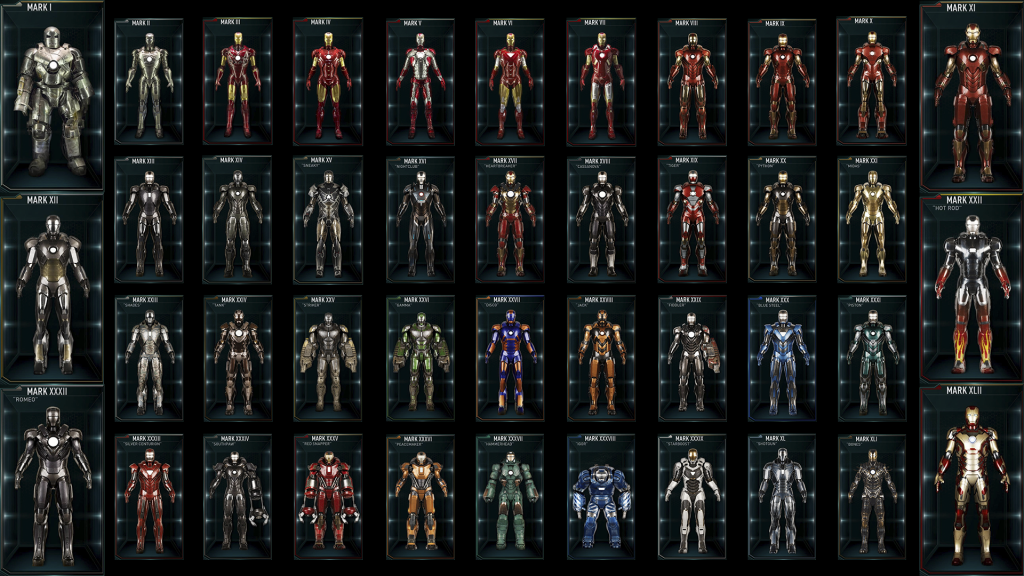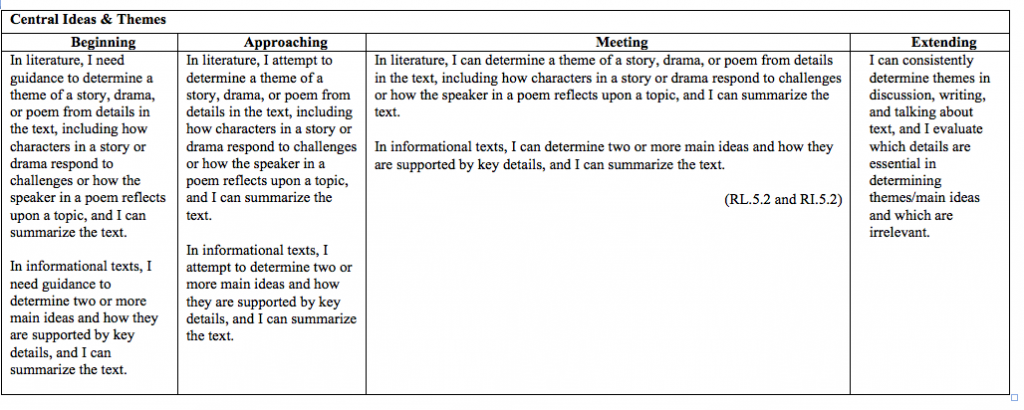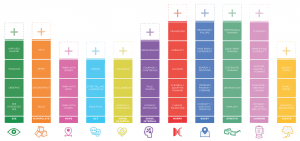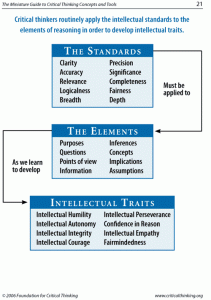A few weeks ago, my family and I went to see the new Avengers: Age of Ultron movie. While I like all of the characters, I’d have to say Iron Man/Tony Stark (played by Robert Downey, Jr.) is my absolute fave. He caught my attention with his quick wit and his tinkering in the first Iron Man and Avenger movies, but he really had me in Iron Man 3 when he kept tweaking his Iron Men, never quite reaching perfection but staying hot in pursuit of it. Our ELA curriculum committee, I think, channeled Tony Stark this year in their desire to create more perfect reading rubrics for all grade levels. We may be only on Mark 6 or so of the  rubrics, but we have listened to your feedback, and we made changes to support you in capturing snapshots of your students’ learning in time. So, we hope you like these new rubrics. They can’t shoot lasers or help you fly, but we are pretty proud of them, nonetheless.
rubrics, but we have listened to your feedback, and we made changes to support you in capturing snapshots of your students’ learning in time. So, we hope you like these new rubrics. They can’t shoot lasers or help you fly, but we are pretty proud of them, nonetheless.
What We Heard From You
1) The language of the rubrics is not clear. What do those words mean, and how can we make their meanings clear to us, to parents, and to our kids? So, instead of keeping consistent language from the anchor standards for the reporting criteria in grades K-5, we now have the grade-level specific language of the standards. This means more easily envisioning what “Reading to Understand Key Ideas and Details” looks like in your grade.
2) The clustering of standards makes it difficult when it comes time for me to report. How can we make this easier without creating too many more reporting standards? Last year, some of the reporting standards reflected clusters of the reading standards from the CCSS (see the bold print on this page, which names the clusters of standards). So, when you reported on “Reads to Understand Key Ideas and Details,” you were really reporting on the first three reading standards in the CCSS.
To break apart these clusters, your new rubrics have the standards no longer clustered in threes. However, breaking each of these clusters into individual standards meant some grades would have up to 24 reporting standards JUST FOR READING! Ugh.
So, this year, we are going to pair the literature and informational text standards into one reporting criteria. Take a look at the following excerpt from our 5th grade reading rubric for standard 2:
What you’ll notice is that both the standard for literature and for informational text are listed under “meeting.” This trims down that number of reporting standards from that overwhelming 24 number mentioned earlier, but it comes with some drawbacks. One snag will be that you will need to share with your parents through the use of report card comments what your focus will be for the quarter: literature, informational text, or both. Another potential issue might be for the small number of students who have a discrepancy in their scores between literature and informational texts during a quarter when you are teaching both. Using report card comments again will be helpful in communicating their current levels of mastery. Perhaps you report on their literature score and in the comments, you note how their informational text level of mastery has not yet caught up to their level of mastery in literature.
3) We need Infinite Campus reporting standards to be determined prior to the start of the school year, and we need them to stay the same for at least one year, maybe two or three.
The new rubrics will have the following reporting criteria (these titles were based on research from Navigating the English Language Arts Common Core State Standards):
Details& Inferences
Central Ideas & Themes
Development of Ideas, People, or Characters
Word Choice
Text Structure
Author’s Purpose
Understanding Text of Diverse Formats
Analyzing and Critiquing Arguments
Comparing Multiple Texts
Range of Text
Foundational Skills: Print Concepts (K-1 only)
Foundational Skills: Phonological Awareness (K-1 only)
Foundational Skills: Phonics and Word Recognition
Foundational Skills: Fluency
4) Don’t we want all students to transfer their reading skills across the curriculum? How else could we clarify what “Extending” looks like?
Yes, we do want all students to transfer. So, we did some research on how else we might define “Extending.”
How We Tinkered with “Extending”
Trying to define what “extending” looks like, sounds like, and feels like, we turned to some key resources: Laura Seargeant Richardson’s Periodic Table of Play, the New Bloom’s Taxonomy, Paul and Elder’s Critical Thinking Concepts and Tools, and Simon Sinek’s idea of starting with the why.
Standards RL and RI 1-3 ask students to think deeply about what the text says. To define what students who “extend” beyond the standards might do, we pulled language from the upper tiers of Bloom’s taxonomy, nudging students to evaluate the details in the text to find the best ones to support their thinking. Richardson’s PTOP kept play at the center of our attention, reminding us that students extending their understanding play with texts, exploring patterns and synthesizing details to make new learning. Paul and Elder’s intellectual standards of clarity, relevance, and precision provided the language we needed to describe students’ summaries that extend beyond a mere reiteration of facts or events.
Standards RL and RI 4-6 direct readers’ attention to how authors say their message: the craft and structure of the text. Students extending beyond the standards in this area can relate to Simon Sinek’s Start with Why: because we ask them to think like writers and readers, they can explain why authors choose the structures, words, and phrases they do. They understand the significance of authors’ choices, articulating the impact these choices have on readers and demonstrating this standard of critical thinking from Paul and Elder.
The standards tending to integrating ideas and knowledge (RL 7 and 9 and RI 7-9) ask readers to make meaning of authors’ messages in multiple texts or multiple formats of text. Students who sharpen their skill sets beyond the standards in this area are those who make relevant, high quality inferences (see Paul & Elder’s standards and elements of critical thinking). They also evaluate author’s choices for their effectiveness and impact on the reader (Bloom’s).
Finally, the Foundational Skills Standards (RF 1-4) undergird students’ reading with the basic elements of reading success: print concepts, phonological awareness, phonics, and fluency. Students extending beyond the standard in this area show flexibility in their thinking (Richardson’s PTOP). They have tolerance for change; they flex and adapt their thinking; they work through ambiguity. They know the rules of print, for example, but they know what to do when an author breaks the rules. They move fluidly between word-solving strategies to read challenging texts.
What Support Will Follow
As you think about getting ready for next year, consider joining us for some PD this summer. All ELA sessions will have embedded planning time in them to work with your colleagues to connect your students’ day to day experiences with the reporting standards.
Sign up in MLP for any of the following ELA experiences:
Close Reading & Curiosity
Rocking the Mini-Lesson
Reading & the Brain
K thru 5 Science and ELA Supported Planning
Whether Tony Stark is building a better Iron Man or we are building better rubrics, Grant Wiggins reminds us,”We don’t need to be geniuses to change things for the better. We just need to want, solicit, and act on feedback when we initiate any change. That is the key to all modern improvements, from hardware to software to services. Change of any kind, to lead to progress and to last, involves a robust feedback system.”



